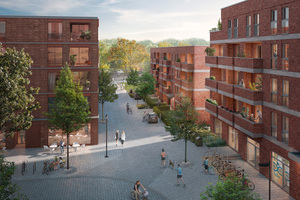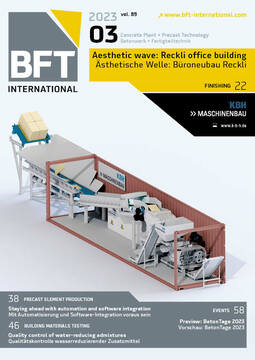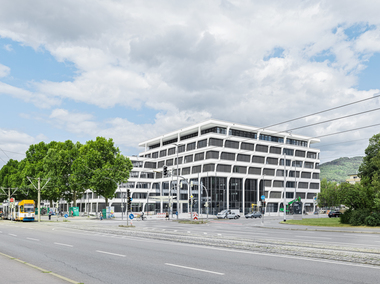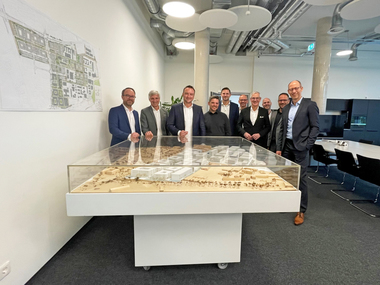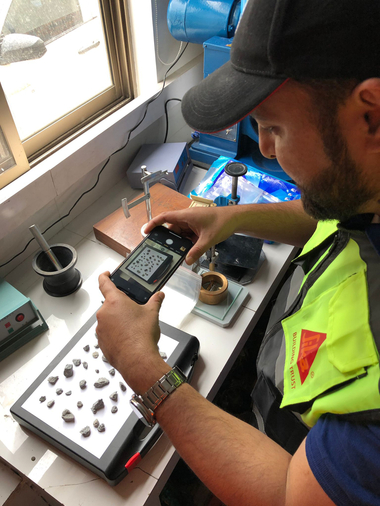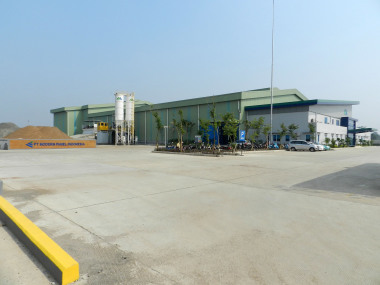CO2-optimized concrete applied in innovative housing
In the Stellingen district of Hamburg, a new urban quarter is being developed on approx. seven hectares. All buildings will comply with DGNB Gold Certification as well as with the requirements of IFB Passive House standards and KfW Efficiency House 40 standards. On construction area D of approx. 10,000 m², Magna Real Estate AG is building six privately financed ecologically and socially sustainable buildings with 141 rental dwellings.
Highest standard in climate efficiency
Magna Real Estate AG commissioned the construction company Aug. Prien Bauunternehmung from Hamburg with erecting the sustainable quarter, with the builder’s clearly defined task: reduction of the gray energy used in the construction of the buildings. In terms of climate efficiency, the new quarter will satisfy the highest standards. This is among other things possible through use of especially climate-efficient CO2-optimized concrete from Heidelberger Beton.
CO2 reduction with EcoCrete
“For this project, 14,000 m³ of EcoCrete, with a CO2-reduction of approx. 30 % compared to the industry benchmark were used. We openly communicated how the values of EcoConcete constituents were composed, and we had the concrete certified in accordance with the DGNB specifications, as based on EPD,” explains Benjamin Zimmermann of Heidelberger Beton. The CO2-optimized concrete is used for approx. 90 % of all in-situ building components, such as the base, the floor slabs and the walls. For the base, grade C30/37 was used and, for floor slabs and walls, C25/30. The basement is for the most part erected with partly precast walls. The upper floors consist of element floor slabs. Balconies, loggias and, in part, wall pillars, are precast solid-concrete floors. The largest casting section was 453 m³ on one day, followed by screeding of the concrete base.
Concrete mixers operating in five-minute cycles
It was necessary to continuously cast the larger concrete work areas, up to completion of the respective concrete sections. This meant that up to 60 concrete mixers arrived each day at the construction site, at intervals of every five minutes. One specific work guideline issued to Aug. Prien Bauunternehmung by Heidelberger Beton allowed longer setting times for periods of especially low temperatures, which meant more formwork to be kept on stand-by. Aug. Prien made up several test specimens at the construction site, which were documented by the company’s internal concrete technologist. This allowed close observation of the concrete. Conclusion: although setting times were slightly longer, this procedure in fact functioned quite well, even with the most difficult component – the base.
CONTACT
Heidelberg Cement AG
Berliner Straße 6
69120 Heidelberg/Germany
+49 6221 481-0
www.heidelberger-betonelemente.de

